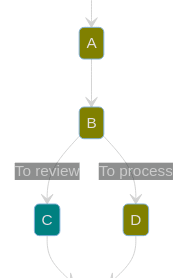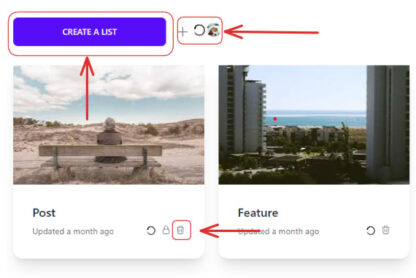In the fast-paced realm of web development, two technologies have emerged as superheroes, wielding immense power and reshaping the landscape. Enter React, the reigning champion of front-end frameworks, and TypeScript, the dynamic duo’s trusted sidekick, armed with static typing and advanced language features. Together, they form an unstoppable force, driving developers toward success and unleashing the full potential of their applications.
In this article, we embark on an exhilarating journey to demystify the combination of React and TypeScript. Prepare to be captivated as we uncover the secrets behind their seamless integration, explore their supercharged capabilities, and discover why this dynamic duo is the ultimate formula for building robust, scalable, and future-proof web applications. Get ready to level up your React skills and join us on this epic developer’s quest!
Setting Up a React Project with TypeScript:
To get started, let’s create a new React project with TypeScript using Create React App (CRA). Open your terminal and run the following commands:
npx create-react-app my-app --template typescript
cd my-app
With these commands, we’re using the template flag to scaffold a new React project with TypeScript.
Now, let’s take a closer look at the project structure:
The src/App.tsx file contains the main component of our application.
Creating a TypeScript Component:
Now that we have our project set up, let’s create a simple TypeScript component. Replace the contents of the default src/App.tsx file with the following code:
import React from 'react';
type Props = {
name: string;
};
const App: React.FC = ({ name }) => {
return Hello, {name}! Welcome to React with TypeScript.;
};
export default App;
In this code, we define a functional component App that receives a name prop of type string. The Props type annotation defines the expected prop types, enhancing code readability and catching potential type errors during development. We use the React.FC type to indicate that this component is a function component.
Running the Project:
To run the React project with TypeScript, execute the following command in your terminal
npm start
This will start the development server, and you can view the app in your browser at http://localhost:3000. You should see the message “Hello, Stephen! Welcome to React with TypeScript” rendered on the screen.
Congratulations, brave developer! You’ve embarked on an epic journey into the world of React and TypeScript, harnessing their combined strength to create remarkable web applications. Armed with TypeScript’s superpowers and React’s component-based architecture, you’re poised to conquer the challenges of modern web development.
As you continue to explore the dynamic duo of React and TypeScript, remember to leverage TypeScript’s static typing, utilize advanced language features, and embrace best practices for clean and maintainable code. Let this article serve as your starting point on an ongoing adventure, where you’ll continue to learn, grow, and make your mark in the exciting world of React and TypeScript.
hope this article has sparked your interest in React with TypeScript! Have you worked with React and TypeScript before? Do you have any questions or insights to share? We’d love to hear from you in the comments section below. Let’s continue the conversation and learn from each other’s experiences.
Happy coding with React and TypeScript, and don’t forget to leave a comment!



